Is Ppc Inbound Or Outbound Marketing?
Have you ever wondered whether PPC (Pay-Per-Click) is considered inbound or outbound marketing? Well, you’re not alone! In this article, we’ll delve into the world of online advertising to unravel the answer to that question. So, buckle up and get ready for an exciting journey into the realm of PPC and marketing strategies!
When it comes to digital marketing, understanding the distinction between inbound and outbound strategies is crucial. It can help businesses make informed decisions about how to allocate their resources effectively. Now, let’s explore whether PPC fits the criteria of inbound or outbound marketing.
PPC advertising can be a powerful tool in attracting potential customers to your business. However, it also involves an element of outbound marketing. Confusing, right? Well, don’t worry – we will break it all down for you. So, grab your thinking caps and let’s dive deeper into the world of PPC marketing!
In this article, we will explore the definition of inbound and outbound marketing, examine the characteristics of PPC advertising, and ultimately determine whether PPC falls under the umbrella of inbound or outbound marketing. So, get ready to unravel the mystery and gain a better understanding of how PPC fits into the dynamic landscape of digital marketing. Let’s go!
Is PPC Inbound or Outbound Marketing?
PPC, short for Pay-Per-Click, is a popular online advertising model that allows marketers to pay a fee each time their ad is clicked. It’s a highly effective way to drive targeted traffic to a website and generate leads or sales. But when it comes to categorizing PPC as either inbound or outbound marketing, there seems to be some confusion. In this article, we will explore the nature of PPC advertising and determine whether it falls under the inbound or outbound marketing umbrella.
What is Inbound Marketing?
Inbound marketing is a customer-centric approach to marketing that focuses on attracting and engaging potential customers through valuable content, rather than interrupting them with intrusive ads. The goal is to pull potential customers towards your brand by providing useful and relevant content that addresses their needs and pain points. Inbound marketing strategies include content marketing, social media marketing, email marketing, and search engine optimization (SEO).
So, where does PPC fit into the inbound marketing equation? While PPC ads do interrupt a user’s online experience, they can still be considered an inbound marketing tactic. How? Well, when done right, PPC ads can be targeted based on user intent and displayed to users who are actively searching for products or services that align with what your brand offers. In this sense, PPC ads are a means of delivering valuable content and information to a target audience at the exact moment they are looking for it.
Moreover, PPC ads can drive traffic to landing pages that are designed to provide value to the user. These landing pages can offer free resources, educational content, or other valuable assets in exchange for contact information, which allows you to nurture and engage with potential leads further down the marketing funnel. So, while PPC ads might interrupt a user’s browsing experience momentarily, they can still be a valuable tool in the inbound marketer’s toolkit.
What is Outbound Marketing?
Outbound marketing, also known as traditional or interruptive marketing, relies on interrupting a user’s experience to deliver a marketing message. Traditional outbound marketing tactics include television and radio advertisements, billboards, cold calling, and direct mail. These methods are generally considered less targeted and less personalized compared to inbound marketing strategies, which are focused on building relationships and providing value to the customer.
So, where does PPC fit into the outbound marketing landscape? While PPC ads are interruptive by nature, they are more targeted and measurable compared to traditional outbound marketing tactics. Unlike a television ad that reaches a broad audience, PPC ads can be customized to target specific demographics, locations, and user search queries. This level of targeting makes PPC ads more relevant to the user, increasing the chances of them engaging with the ad and taking action.
Additionally, PPC campaigns can be monitored and optimized in real-time, allowing marketers to make data-driven decisions and maximize their return on investment (ROI). With outbound marketing, the success of a campaign might be harder to measure and track effectively. Therefore, while PPC ads share some characteristics with outbound marketing, their ability to target and measure results makes them a hybrid of both inbound and outbound strategies.
The Benefits of PPC in Both Inbound and Outbound Marketing
Regardless of whether you classify PPC as inbound or outbound marketing, it undeniably offers numerous benefits for marketers. Below are some key advantages of using PPC ads:
- Instant visibility: PPC ads can appear at the top of search engine results pages (SERPs) instantly, allowing you to gain visibility and reach your target audience immediately.
- Targeted reach: PPC platforms, such as Google Ads, provide robust targeting options that allow you to reach specific demographics, locations, and user search queries, ensuring your ads are seen by the right audience.
- Measurable results: PPC campaigns can be tracked and analyzed in real-time, providing valuable data and insights about click-through rates (CTR), conversion rates, and overall campaign performance.
- Cost-effective: With PPC, you only pay when someone clicks on your ad, making it a cost-effective advertising model, especially when compared to traditional outbound marketing methods.
- Flexible budgeting: PPC platforms allow you to set daily budgets and bid amounts, giving you full control over your spending and allowing you to scale your campaigns based on performance.
PPC Tips for Success
Now that we understand that PPC can be considered both inbound and outbound marketing, how can you ensure success with your PPC campaigns? Here are some tips:
- Keyword Research: Conduct thorough keyword research to identify the most relevant and effective keywords to target in your PPC campaigns.
- Compelling Ad Copy: Craft compelling ad copy that grabs attention, showcases your unique selling propositions, and encourages users to click on your ads.
- Landing Page Optimization: Create dedicated landing pages that align with your ads and offer valuable content or incentives to encourage users to convert.
- Continuous Testing and Optimization: Monitor your PPC campaigns closely, test different elements such as ad copy, targeting parameters, and landing page designs. Optimize based on data-driven insights to improve performance.
- Track and Measure: Utilize tracking tools and analytics to measure the effectiveness of your PPC campaigns. Identify areas for improvement and make data-driven decisions to maximize ROI.
The Role of PPC in a Comprehensive Marketing Strategy
Now that we have explored the nature of PPC advertising and its relationship with both inbound and outbound marketing, it’s important to highlight that PPC should not be seen as a standalone marketing solution. It works most effectively when integrated into a comprehensive marketing strategy that also includes other inbound marketing tactics such as content marketing, SEO, and social media marketing.
By combining the power of PPC with other inbound marketing strategies, businesses can create a holistic approach to reaching and engaging their target audience. This integrated approach allows brands to capture potential customers at different stages of the customer journey, from initial awareness to final purchase. It also provides multiple touchpoints for prospects to interact with your brand, increasing the likelihood of conversions and long-term customer loyalty.
So, whether you view PPC as inbound or outbound marketing, its value lies in its ability to drive targeted traffic, generate leads, and contribute to overall marketing success when used strategically and in combination with other tactics.
Key Takeaways: Is PPC Inbound or Outbound Marketing?
- PPC (Pay-per-click) is a form of outbound marketing.
- In outbound marketing, businesses proactively reach out to potential customers through advertising.
- PPC ads are displayed to users who are searching for specific keywords or browsing relevant websites.
- On the other hand, inbound marketing focuses on attracting customers organically through content and providing value.
- Examples of inbound marketing tactics include SEO, content marketing, and social media engagement.
Frequently Asked Questions
Intro: Pay-per-click (PPC) advertising is a popular marketing strategy used by businesses to drive traffic to their websites. However, when it comes to determining whether PPC is classified as inbound or outbound marketing, there seems to be some confusion. Here are some common questions people have about the classification of PPC as inbound or outbound marketing.
1. How can PPC be considered as inbound marketing?
PPC can be considered as inbound marketing because it focuses on attracting potential customers who are actively searching for products or services related to a specific keyword or topic. When a user clicks on a PPC ad, they are voluntarily engaging with the content, indicating an interest in what the ad offers. Through targeted keywords and ad placement, businesses can ensure that their PPC ads appear in front of relevant audiences, making it an effective inbound marketing strategy.
However, it’s important to note that while PPC can be classified as inbound marketing, it can also have elements of outbound marketing. For example, when businesses use display advertising or remarketing campaigns to reach broader audiences who may not be actively searching for their products or services, it aligns more closely with outbound marketing strategies.
2. Why is PPC often considered as outbound marketing?
PPC is often considered as outbound marketing because it involves businesses actively reaching out to potential customers by displaying ads on search engine results pages or other websites. Unlike inbound marketing, where customers come to the business voluntarily, outbound marketing pushes the business in front of potential customers.
In the case of PPC, businesses pay for ad placements, and their ads are shown to users who may not be actively searching for their offerings. This proactive approach of pushing ads to a wider audience makes it more similar to outbound marketing tactics, such as traditional advertising channels like TV or radio commercials.
3. Is there a clear distinction between inbound and outbound marketing?
While the distinction between inbound and outbound marketing used to be more clear-cut, with advancements in digital marketing, the lines have become more blurred. Inbound marketing traditionally focused on attracting customers through content marketing, search engine optimization, and social media, while outbound marketing encompassed more traditional forms like TV and radio ads.
However, with the rise of digital advertising, many marketing strategies now combine elements of both inbound and outbound approaches. For example, content distribution through PPC ads can attract customers actively searching for information (inbound) while also reaching a wider audience (outbound).
Ultimately, the distinction between inbound and outbound marketing isn’t as black and white as it used to be, with many strategies falling somewhere in between.
4. Can PPC complement inbound marketing efforts?
Yes, PPC can complement inbound marketing efforts by driving targeted traffic to a website and increasing brand visibility. While inbound marketing strategies like content marketing and SEO focus on attracting organic traffic, PPC allows businesses to accelerate their results by placing ads directly in front of their target audience.
By using PPC in conjunction with other inbound marketing tactics, businesses can create a holistic approach to attract, engage, and convert potential customers. For example, a business can use PPC to promote a valuable piece of content, driving traffic to their website, and then use retargeting ads or email marketing to nurture those leads further.
5. How can businesses decide whether to prioritize inbound or outbound marketing?
The decision to prioritize inbound or outbound marketing depends on various factors, including the nature of the business, target audience, and available resources. Both inbound and outbound strategies have their merits and can be effective in different scenarios.
Ideally, businesses should aim for a balanced marketing approach that incorporates elements of both inbound and outbound tactics. By diversifying their marketing mix, businesses can maximize their reach and engagement with potential customers. Regular analysis of marketing campaigns and tracking their success metrics can help businesses determine which strategies are working best for them and make informed decisions about their marketing priorities.
Inbound Marketing vs Outbound Marketing Strategies
Summary
So, is PPC inbound or outbound marketing? Well, the answer is that it can be both. PPC, or pay-per-click advertising, is a way to reach customers online by placing ads on search engine results or other websites.
When you use PPC to target specific keywords and create compelling ads that attract interested customers, it can be considered inbound marketing. This is because you are providing valuable information and solutions to people who are actively searching for them. On the other hand, if you use PPC to display ads to a broad audience without targeting specific interests or needs, it can be seen as outbound marketing. This is more like traditional advertising, where you are interrupting people with your message.
Overall, whether PPC is inbound or outbound marketing depends on how you use it. If you focus on delivering relevant, helpful content to a targeted audience, it can be a powerful tool for attracting customers. But if you simply blast out ads to anyone and everyone, it may not be as effective. So, it’s important to think strategically and use PPC in a way that aligns with your marketing goals.

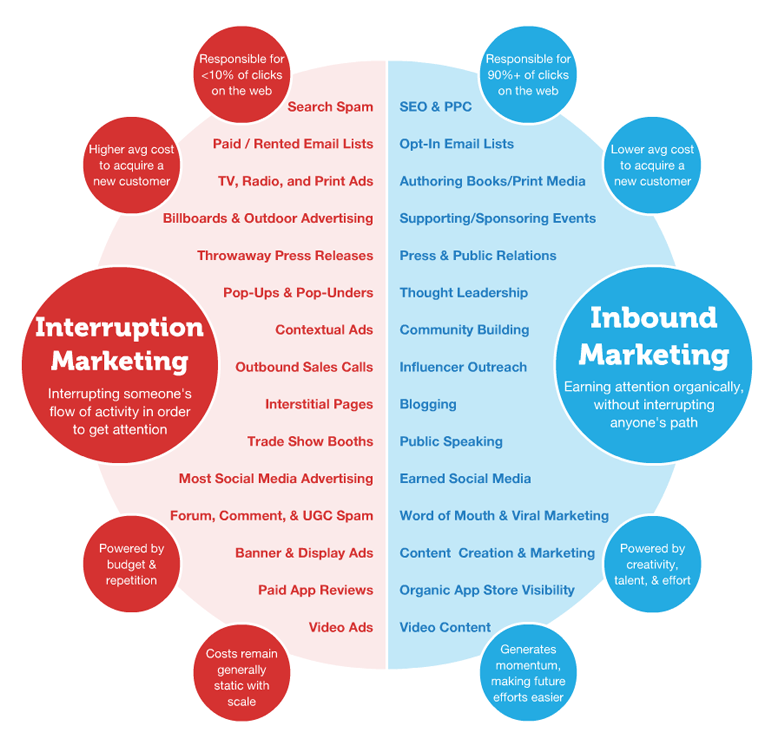
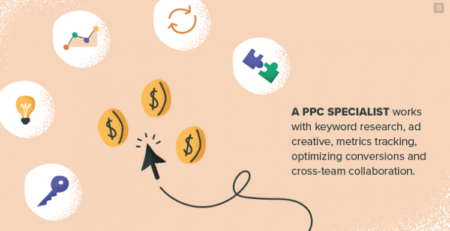
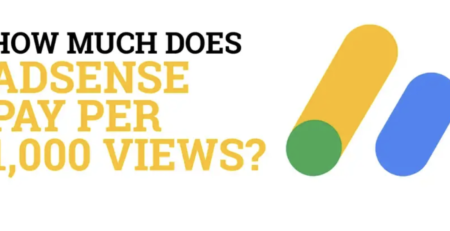
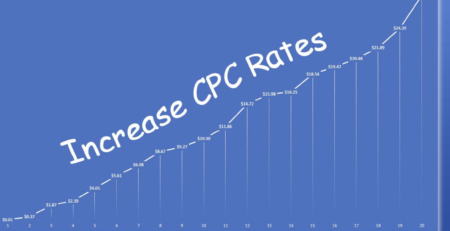
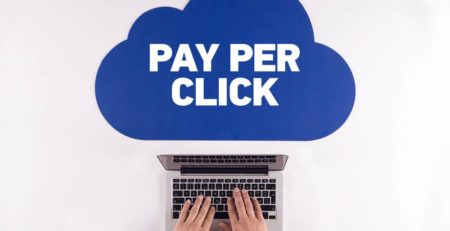
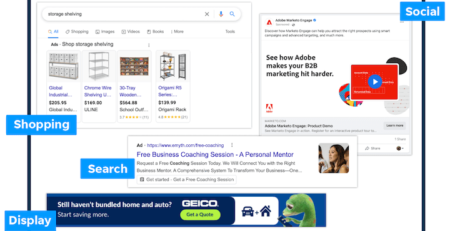
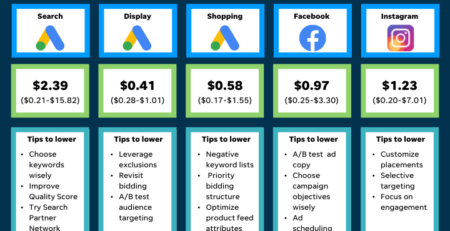
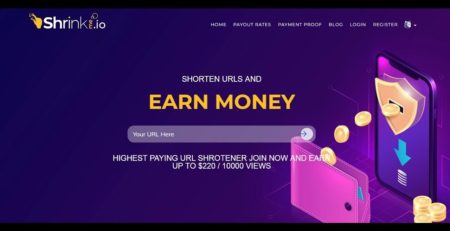
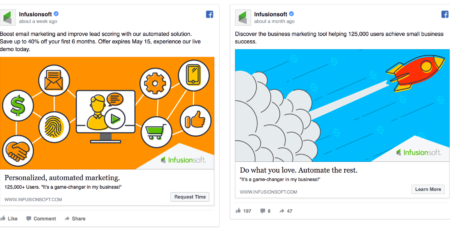
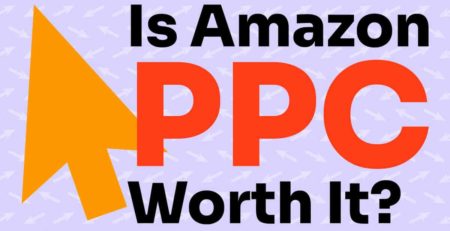
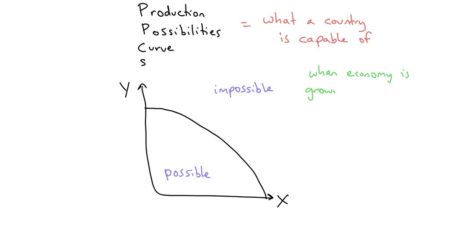
Leave a Reply